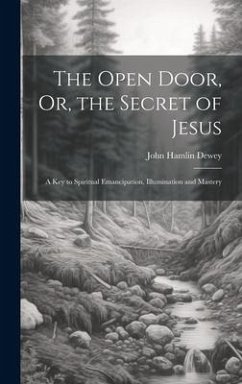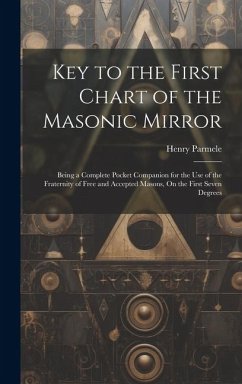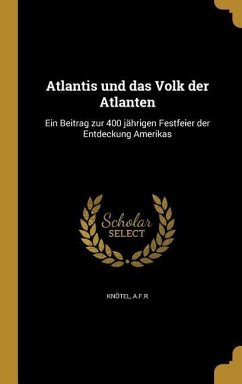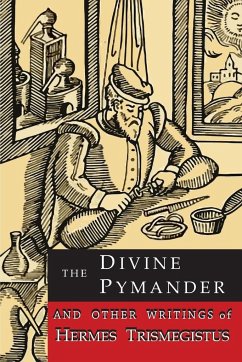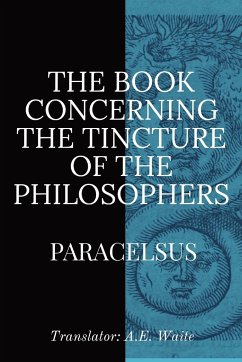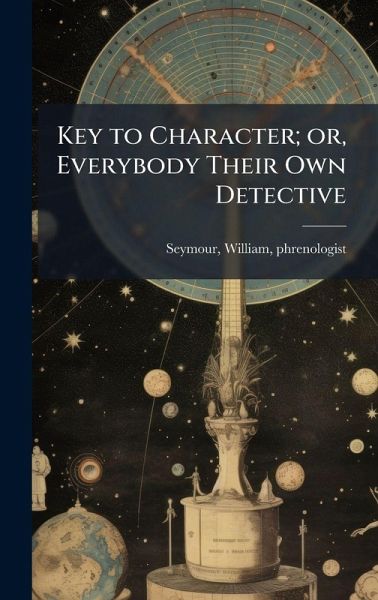
Key to Character; or, Everybody Their Own Detective
Versandkostenfrei!
Versandfertig in über 4 Wochen
29,99 €
inkl. MwSt.

PAYBACK Punkte
15 °P sammeln!
"Key to Character; or, Everybody Their Own Detective" (1894) by William Seymour, a phrenologist, offers a fascinating glimpse into the 19th-century fascination with understanding human character through the pseudoscience of phrenology. This work aims to empower readers to become their own 'detectives' by learning to analyze character traits based on the shape and features of the head. Seymour's book reflects the era's interest in self-improvement and the belief that understanding one's own character, and that of others, could lead to a more fulfilling and successful life. It provides a histori...
"Key to Character; or, Everybody Their Own Detective" (1894) by William Seymour, a phrenologist, offers a fascinating glimpse into the 19th-century fascination with understanding human character through the pseudoscience of phrenology. This work aims to empower readers to become their own 'detectives' by learning to analyze character traits based on the shape and features of the head. Seymour's book reflects the era's interest in self-improvement and the belief that understanding one's own character, and that of others, could lead to a more fulfilling and successful life. It provides a historical perspective on early psychological theories and the enduring human quest to understand personality and behavior. This work has been selected by scholars as being culturally important, and is part of the knowledge base of civilization as we know it. This work was reproduced from the original artifact, and remains as true to the original work as possible. Therefore, you will see the original copyright references, library stamps (as most of these works have been housed in our most important libraries around the world), and other notations in the work. This work is in the public domain in the United States of America, and possibly other nations. Within the United States, you may freely copy and distribute this work, as no entity (individual or corporate) has a copyright on the body of the work. As a reproduction of a historical artifact, this work may contain missing or blurred pages, poor pictures, errant marks, etc. Scholars believe, and we concur, that this work is important enough to be preserved, reproduced, and made generally available to the public. We appreciate your support of the preservation process, and thank you for being an important part of keeping this knowledge alive and relevant.



